Nepal’s banking sector faces deepening crisis amid leadership vacuum
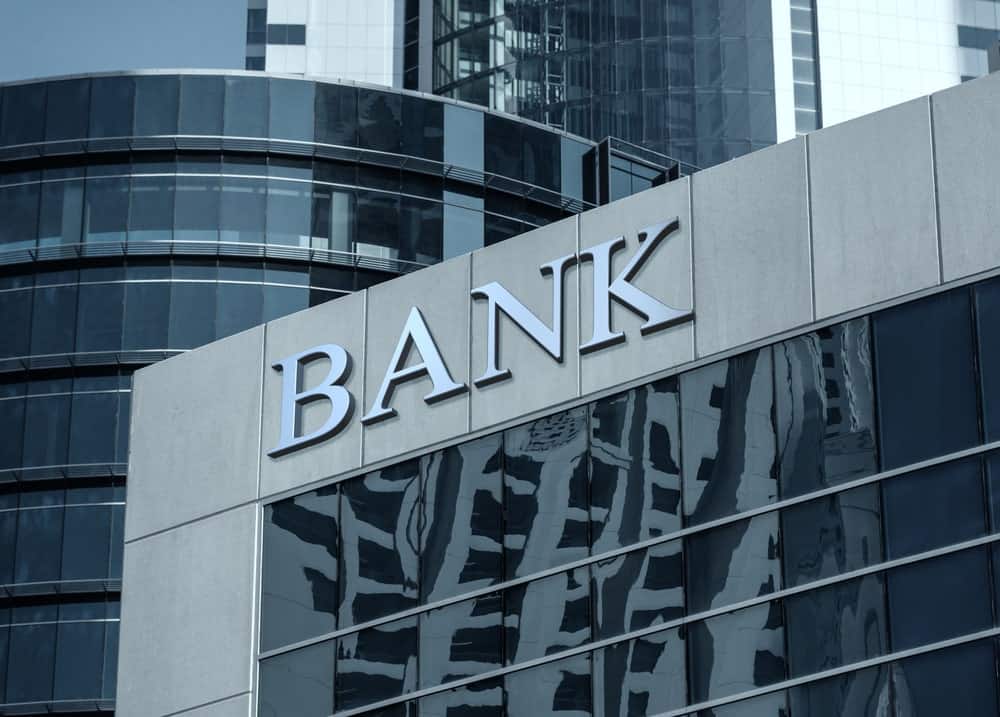
KATHMANDU: Nepal’s banking sector is grappling with a worsening financial crisis, with non-performing loans (NPLs) soaring and the absence of a competent governor threatening the stability of the financial system, according to recent financial statements for the first nine months of FY 2081.
The financial health of banks, including those previously considered robust, is deteriorating rapidly. Most banks now report NPLs exceeding 5%. Acting Governor of Nepal Rastra Bank (NRB), Dungana, has been criticized for turning a blind eye to loan evergreening, enabling some banks to artificially boost net and distributable profits. However, this has done little to stem the broader decline in the sector’s financial stability.
Key Bank Performances:
Nepal Bank reported a net profit of NPR 2.78 billion, but its NPLs rose to 5.45%.
Global IME Bank achieved a net profit of NPR 4.53 billion and a distributable profit of NPR 3.45 billion, yet its NPLs increased to 4.98%.
Nepal Investment Mega Bank posted a net profit of NPR 4.54 billion, reducing its distributable loss to NPR 1.10 billion, but NPLs surged to 6.06%.
Laxmi Sunrise Bank earned NPR 1.65 billion in net profit, with NPLs at 5.86%.
Prime Commercial Bank saw its net profit drop from NPR 2.87 billion last year to NPR 2.22 billion, with NPLs rising to 5.65%.
Bright Spots Amid the Crisis:
Standard Chartered Bank maintained strong performance, reducing NPLs from 2.14% to 1.44% and achieving a distributable profit of NPR 1.47 billion despite a slight dip in net profit due to lower interest rates.
Everest Bank increased its net profit by 32.5% to NPR 3.45 billion, lowered NPLs to 0.64%, and recorded a distributable profit of NPR 3.67 billion, with a primary capital fund ratio of 9.81%.
Struggling Banks:
Nepal SBI Bank, known for disciplined lending, saw NPLs nearly double to 4.06%.
Citizens Bank reported a 20.62% drop in net profit, with NPLs at 5.71%.
Kumari Bank is in dire straits, with NPLs at 6.98%, a primary capital fund ratio of 7.31%, and a distributable loss of NPR 6.50 billion.
Himalayan Bank faces an even worse scenario, with net profit limited to NPR 500 million and a distributable loss of NPR 7.36 billion. Its primary capital fund ratio is 8%, and capital adequacy ratio is 10.84%, with no dividends distributed for two years due to ongoing losses.
Nabil Bank led with a net profit of NPR 5.05 billion but saw NPLs rise sharply to 4.96%. Siddhartha Bank reported declining profits and NPLs nearly doubling to 4.04%.
The crisis is compounded by a leadership vacuum at NRB. Former Governor Mahaprasad Adhikari’s tenure ended on Chaitra 24, 2081, but the government has failed to appoint a new governor, violating the Nepal Rastra Bank Act’s mandate to do so a month prior.
The financial system is being managed by Acting Governor Dungana, who is limited to routine operations but has been criticized for adopting policies that may burden banks in the long term and for unprofessional conduct within NRB.
A political agreement between Nepali Congress and UML to appoint Gunakar Bhatt as governor has been stalled, with Dungana refusing to accept Bhatt’s resignation. At her alleged instigation, a supplementary writ was filed against Bhatt in the Supreme Court, which is set to hear the case on Sunday, despite its questionable legal basis.
Analysts warn that without a competent governor and urgent reforms, Nepal’s banking system risks further instability, threatening the broader economy.





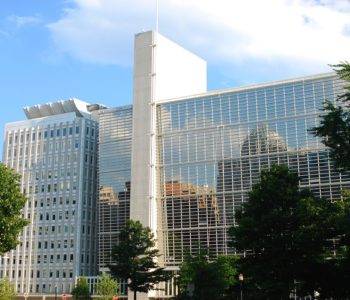
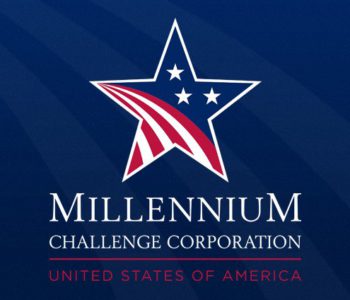


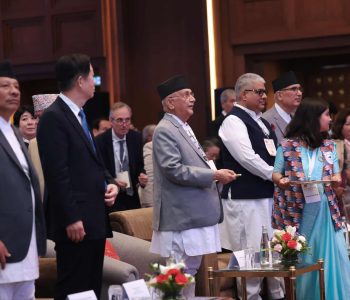
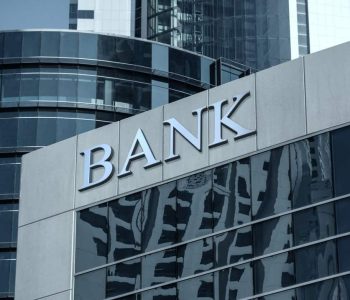

Facebook Comment